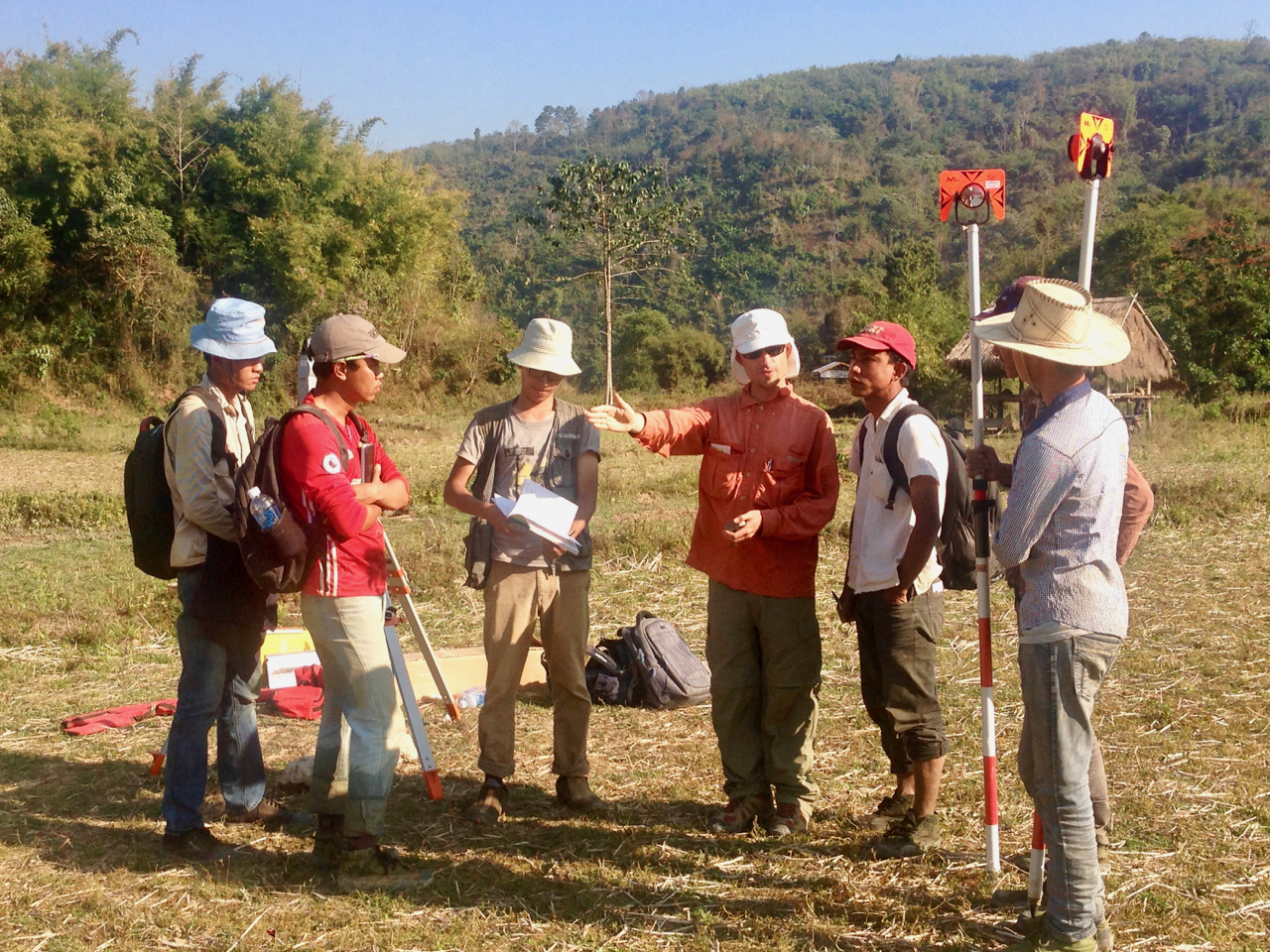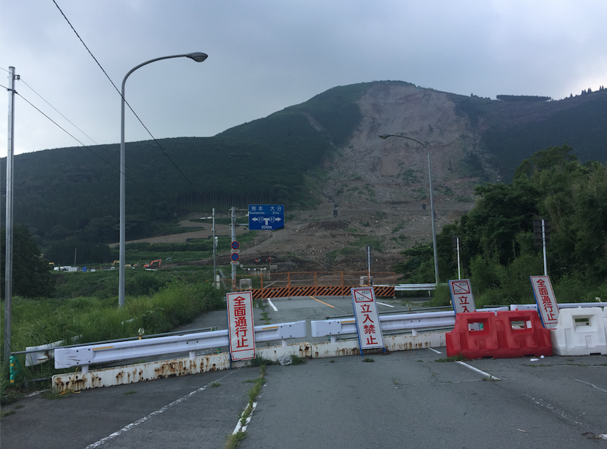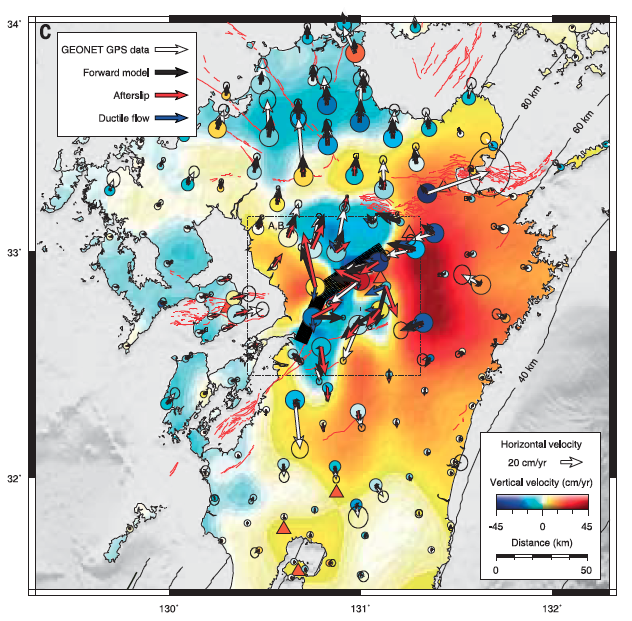New research from the Earth Observatory of Singapore (EOS) recently published in Science introduces an exciting new technique for discerning the strength of rocks in the earth’s continental lower crust. The method we developed allows us to make inferences about the properties of rocks where they are buried. Our study also provides the first low-frequency tomographic image of rheological properties beneath Kyushu, Japan. Tomography allows us to see the internal properties of the rock, section by section.

The way in which rocks in the earth’s mantle and crust move and deform in response to stress plays a crucial role in the distribution of seismic and volcanic hazards. This rock deformation controls tectonic processes like continental drift and earthquakes. However, rocks often do not have the same strength everywhere. It is difficult to measure how the rock’s properties vary spatially, both horizontally and vertically.
The 2016 earthquake sequence in Kumamoto, Japan stressed the rocks of the Earth’s lower crust, causing what is referred to as a perturbation to the background tectonic stresses. For our research, we took advantage of this large stress perturbation to directly image localised and distributed rock deformation.

The method allowed us to see how the strength of the rocks varied, which is measured by their effective viscosity. If rocks have high effective viscosity, it means they are strong, and conversely, low effective viscosity means they are weak. We found distinct regions of low effective viscosity in the lower crust, notably beneath the Mount Aso and Mount Kuju volcanoes. This study demonstrates the potential for scientists in the field of geodesy to study the properties of rocks across both space and time.
Our team directly imaged the volcanic arc beneath Kyushu and found that the Kumamoto earthquake sequence has significantly perturbed the volcanic systems beneath Mount Aso and Mount Kuju. This perturbation even induced an eruption at Mount Aso on 8 October 2016.
On the other hand, Mount Kuju has not erupted in 1,600 years. Our findings suggest that the volcanic hazard in the area has significantly increased as a result of the Kumamoto earthquakes.

This is the first time anybody has directly imaged postseismic deformation in the lower crust – revealing complex behaviour that existing models do not capture. Simply being able to image and visualise the original properties of the ground beneath the surface we live on captures the imagination and challenges people’s preconceptions of how the Earth really behaves.
Crustal rheology – or how materials in the earth’s crust flow and deform – whilst perhaps sounding like an unexciting topic, is key to unlocking the potential of using lithospheric dynamics to better understand the distribution of seismic hazard. The methodology introduced in this study reveals the potential for geodesy to shed light on the mechanics behind distributed deformation. Our findings bring us one step closer to building a model of how matter flows in the lithosphere-asthenosphere system.

According to the accompanying news summary about the study, it is challenging to estimate the response of crustal rock to stresses, yet this knowledge is vital for determining risks from events like earthquakes. The method presented in our paper can successfully be used to measure rock properties over a wide range of strengths, and across space and time.
This study represents an important milestone in understanding the rheology of the Earth’s crust and mantle based on modern space geodetic techniques, directly linking geodetic observations and their geophysical interpretations.
To learn more about James’ tool for analysing deformation in the Earth’s crust, watch the video below: